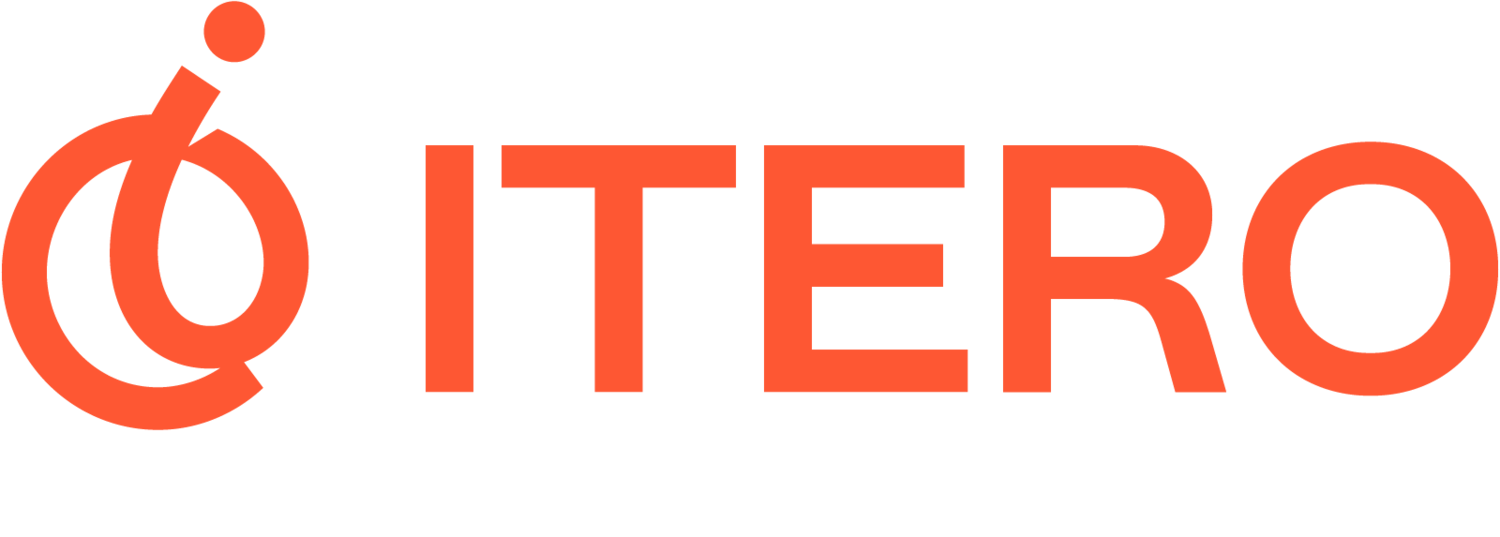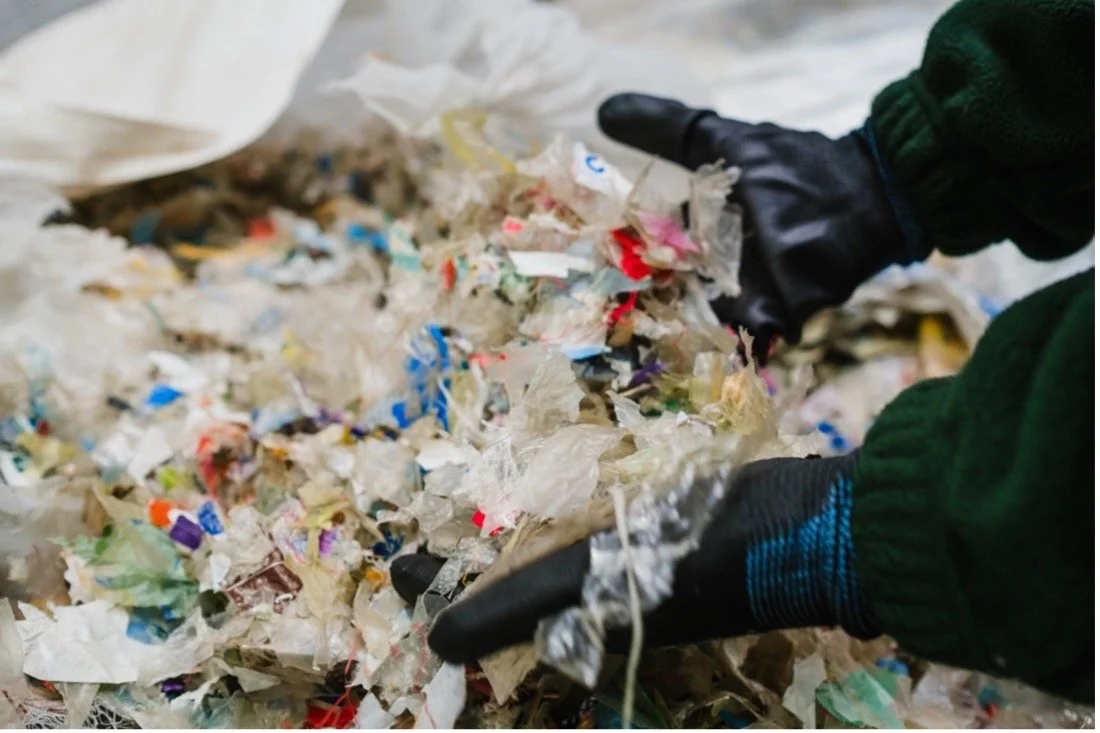Always Evolving: A Day in the Life of our Engineering Manager
David Nessbach, Engineering Manager, Itero
Our Engineering Manager David Nessbach shared some insights about his career journey, the challenges, what makes Itero’s iterative approach unique, and what he’s most excited about for the future.
How did you get into engineering?
I have always found engineering interesting, and there was never much doubt that I would work as some form of engineer. After studying mechanical engineering at university, I joined the traditional energy sector, where I worked in all stages of projects from conception, front-end engineering (FEED), detailed design through to construction. I’ve experienced everything from onshore and offshore, upstream and downstream, greenfield and brownfield projects.
What does a typical day look like for you?
I manage all things engineering within Itero so this means I split my time between upgrades to our operational West London pilot plant and designing our upcoming Brightlands Chemelot demonstration plant in the Netherlands. We are a small engineering team, so we work closely with in partnership with external engineering companies to complete a lot of the leg work. A normal day for me involves meetings with these external contractors and suppliers to discuss the different parts of the design and the various design packages ensuring that their output is what we require. We also hold internal design meetings to discuss within Itero any issues that need resolution. Alongside this I do all the usual engineering tasks: specifying equipment, documenting process design, evaluating offers from vendors, checking project documentation etc.
How does your role contribute to the company's mission of creating a sustainable and circular carbon economy?
In my role I’m responsible for the design of the equipment and process that will ultimately convert plastic waste into products which will be used to produce new circular plastics. My day-to-day work enables our mission by iterating to make this process as efficient as possible.
What are you most looking forward to in 2025?
The next year is going to be exciting times for us. We are progressing our flagship plant in the Netherlands which, when operational, will process 27,000 tonnes of waste plastics per year. Now that our permits are in place, we’ve started working on the finer details of the design. By the end of 2025, we expect to complete the detailed design as construction onsite starts.
What does Itero do differently than other teams you’ve worked in that you enjoy?
At the large multinational engineering companies I previously worked at, I had a more defined role and little freedom to be involved with things outside of that. Having spent most of my career at these companies, the opportunity to work within a smaller, more dynamic design team at Itero was exciting, and led me to join the company.
The iterative approach Itero takes to our technology means we are always evolving, so there’s always an interesting engineering discussion to be had every single day. I focus more on the creative aspects of engineering than at other companies, where more of my time was spent on technical housekeeping. This small team size allows for faster decision-making: If something needs to change, we take a quick meeting with a few colleagues to talk it through and come to an agreement. This rapid process allows us to react and improve on designs quickly.
What are some of the challenges in your role?
The main challenge with the design of the plant for the Netherlands are to do with the variability of the feedstock – the plastic waste we recycle. The design needs to be suitably flexible to handle the different types and qualities of real-world plastic waste that we might expect to see over the lifetime of the plant. We need to do this while avoiding over-engineering or oversizing equipment to accommodate this variability within reason. Striking the right balance between adaptability and efficiency is key.
Processing hard-to-recycle waste is the main challenge our patented pyrolysis technology aims to address.
What has been an interesting success for you?
We’ve had quite a few recent successes at improving our technology and process at our West London Pilot Plant for application at our Brightlands Chemelot Demonstration Plant. The relatively small team and scale of the Pilot Plant allows us to rapidly iterate – collecting data to understand new problems, designing solutions, applying them and then testing and collecting more data and repeating this small cycle. By perfecting our technology at the pilot stage, we ensure the most robust design for our much larger Demonstration plant, which will process 5x the plastic waste collected by the city of Maastricht per year (source below).
Itero’s iterative approach means testing our technology at the pilot plant, so the larger Demonstration Plant is sufficiently robust.
One example of this is the multistage condensers we’ve successfully introduced at the Pilot Plant, which I led through the design, procurement, installation and commissioning stages. Having these in operation at the pilot plant has taught us a great deal about how they perform, and since their installation we have already made significant improvements and upgrades to them. These improvements and upgrades will inform the design of our Demonstration Plant. This approach allows us to more effectively convert hard-to-recycle plastic waste into petrochemical resources used to create new plastics, moving us one step closer towards the operation of our Demonstration Plant and a circular plastics economy.
Source: Early warning assessment related to the 2025 targets for municipal waste and packaging waste, European Environment Agency, Netherlands View and Maastricht City Population



